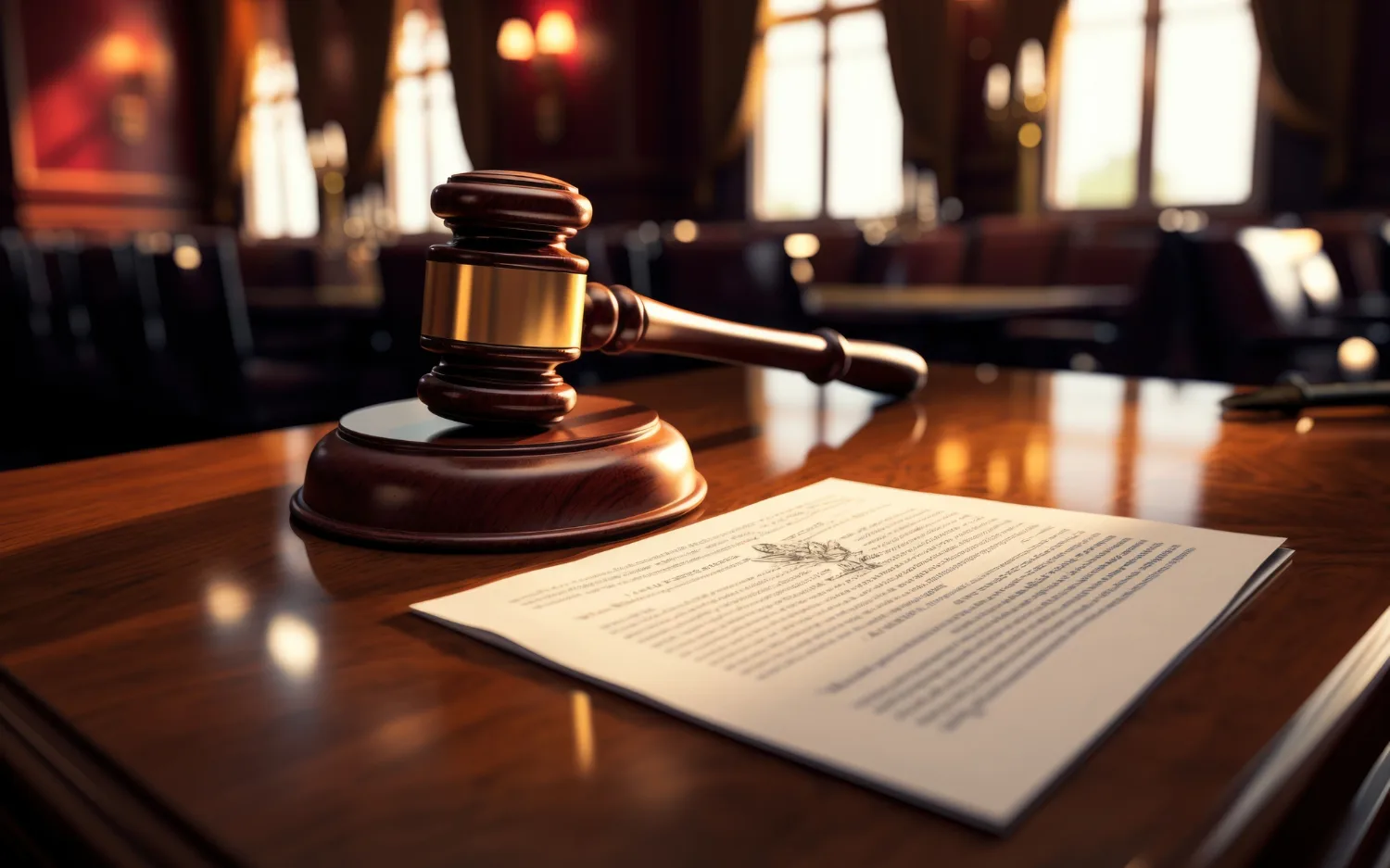For content creators, staying vigilant is key in navigating the dual nature of deepfake technology. Despite its positive uses in entertainment and education, awareness of potential malicious exploitation is crucial.
These tools can produce realistic yet entirely fabricated images or videos, depicting individuals in actions they never did. Acknowledging this darker aspect is essential for safeguarding reputation and content integrity. It contributes to fostering a more trustworthy digital ecosystem.
How might deepfakes affect the credibility of my content?
Deepfake content, if passed off as legitimate, can severely damage the credibility of the source that shares it. For you as a content creator, if your audience cannot distinguish your genuine work from a deepfake, trust is eroded.
Since your reputation hinges on originality and authenticity, a single deepfake representing your content incorrectly can have a lasting negative effect. Moreover, viewers’ trust in digital content overall might wane, making audience engagement more challenging to achieve.
Trust, once broken, is challenging to restore. In an era of information overload, viewers may opt for sources they find more reliable. Therefore, constant vigilance and the use of verification tools are necessary.
Content creators can contribute by verifying unusual content before sharing, clearly labeling real and synthetic elements, thus preserving trust with their audience.
Can deepfakes violate personal or intellectual property rights?

Absolutely. Deepfakes can infringe upon personal rights by creating false portrayals of individuals without their consent. This becomes a matter of identity theft and can lead to legal complications surrounding defamation and privacy.
Intellectual property rights are also at risk when proprietary images or logos are used within deepfakes. This unauthorized use can mislead audiences about the affiliation or endorsement of a brand, leading to potential brand damage and legal battles with the rightful IP holders.
Protection against such infringements involves rigorous monitoring of content distribution channels and swift action when violations are spotted.
Legislation on deepfake technology is still emerging, but content creators should stay informed and take advantage of existing legal frameworks to defend their rights.
For many, preemptive measures such as watermarking content and maintaining a robust digital footprint can reinforce authenticity and aid in the claim of ownership should issues arise.
What are the ethical implications of deepfake usage in content creation?
Serious ethical questions arise with deepfake technology, especially regarding its intended use. Deception, for instance, challenges ethical norms when creating deepfakes with the deliberate purpose of misleading or manipulating public opinion.
The consequences, such as influencing elections, impacting stock markets, or inciting social unrest, can be drastic. The societal implications highlight the crucial role of ethical considerations in content creation and sharing.
It is the responsibility of the content creator to critically assess the purpose of each piece of content. While deepfakes created for satire or artistic expression may be ethically justifiable, creators must provide clear disclosure to prevent misleading viewers.
Ethical content creation involves a commitment to transparency, the pursuit of truth, and respect for the audience’s right to accurate information.
How do malicious deepfakes disrupt industries and global politics?

Malicious deepfakes pose a threat to various sectors by promoting false narratives that can topple enterprises, disrupt markets, or harm international relations.
In the financial sector, a deepfake video of a CEO making a false statement can lead to stock volatility. Similarly, fake videos can cause confusion and uncertainty in political landscapes, potentially interfering with elections and eroding public trust in institutions and governance.
As this article on deepfake examples in generative AI highlights, the range of applications for deepfakes is extensive, and the potential for exploitation is significant. Industries must therefore develop detection tools and establish protocols for quickly responding to deepfake incidents.
Global politics now require an added layer of media literacy and international cooperation to combat misinformation and preserve diplomatic integrity. Vigilance and collaborative efforts in verification processes are critical in mitigating the disruptive potential of malicious deepfakes.
Conclusion
The negative cases of deepfake usage present genuine concerns for content creators. Issues of credibility, rights violations, ethics, and industry disruption demand a proactive stance. 🚨
Awareness and understanding of the potential misuse can help in preparing and protecting against the damaging effects of deepfakes.
As content creators navigate this terrain, prioritizing authenticity, verifying sources, and engaging in ethical practices are key strategies for maintaining trust and integrity in the digital landscape.
Through these measures, creators can contribute to the development of a more reliable and safer online environment for all users. 👥💻
- The Agentic Startup Manifesto - June 8, 2025
- Remote Hiring in 2025 - April 5, 2025
- Burnout in Remote Teams: How It’s Draining Your Profits - January 27, 2025
